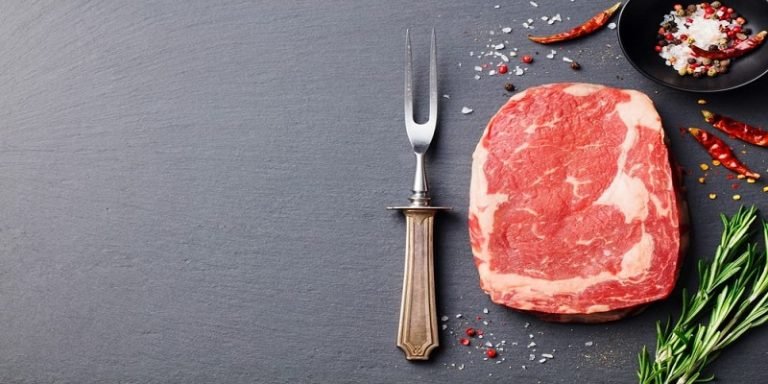Carving Fork is a common dining tool used to slice poultry, meats, fish and other food items. You can use it to keep food in a safe place as well as keep hands away from sharp knife blades as food is being prepared and served. Meat Carving fork with long ties to keep large pieces of meat steady during carving will dig well into food. Some of the chefs used them to serve cutlery. This special cutlery is used for handing out food or when people pick it up themselves.
But, is the information given on the product label true? Of course not! For selling any goods, every manufacturer claims that his product is the best as compared to others. Similarly, there are only a few brands of Carving Fork that will make many claims to increase their sales. To choose the best meat carving fork, you need to go through the expectations Vs reality as the product that looks good online doesn’t need to be of equal use when viewed from the front.
What Do Users Expect While Choosing A Meat Carving Fork?
Be it a professional chef or a home-based cook, familiar with every tool used from cooking to presenting the food on the dining table. They know better how to present food in front of someone without making a mess, so they will look for the best equipment that works as a companion.
When it comes to a Meat Carving Fork, most of us generally expect the blades to be sharp whenever taken into use. The length, design and ergonomic handle should also be perfect. In this section, we’ll explain what buyers’ expectations are when it comes to carving meat forks.
Ergonomic Handle
The ergonomic shape of the meat carving fork handle is considered an excellent choice, especially when used to hold the meat while cutting. The stronger the handle, the finest shape of meat you get. An ergonomic shape can be acknowledged by the fact that the handle is well-positioned in the user’s hand. The meat carving fork with an ergonomic handle ensures your hand doesn’t have to tense and twist when slicing the pieces of meat.
Length of the Fork & Tines
The length comprises the overall length of the meat carving fork and the length of the tines. Fork ties are expected to be 10 to 20 cm. The different lengths are also available but not suited to your every cooking and serving need. For instance, if you would prepare a large batch of meat, you should require a fork with long ties. The cherry on the cake will be when the ties are thin, resulting in a precise cut of meat for each. But will each user get such best carving meat forks according to their hands, which can give better access to the hands? Maybe not!
Tips Sharpness
The whole work of carving a fork depends on the tip’s sharpness so that you can easily carve the meat. Otherwise, the carving experience will get ruined when try to spear it. The sharpness testing should be done before going to choose the particular fork.
Material
Most of you think that every carving fork handle is made from different materials. But, in reality, there are limited options available. To capture the attention of users, manufacturers claim to have craft forks on demand. The situation is just opposite to selling the products.
How Do Carving Forks Available In Reality?
In reality, there are limited models of carving forks with very few variations. From the sharpness of the blade to the size of the handle, which is shown online, there is a difference in reality. The handles are also usually made of wood material, due to which those who demand plastic, stainless steel have to compromise. There is also a lot of difference in the price, sometimes online prices are not according to your budget. Hence, it is advisable to check the past user reviews to know the genuineness of the product.
Final Words
While buying a meat carving fork, the expectation of the buyer increases as the manufacturers in the market creates hype regarding their functionality and looks. Think of it as a buyer, what would you consider if you will look for a fork to carve? The material, blade length, sharpness, sturdy & long handle, ergonomic design, and more.


